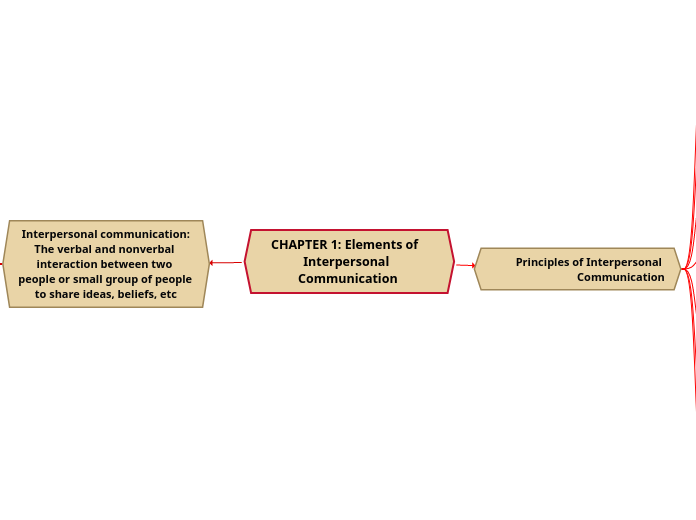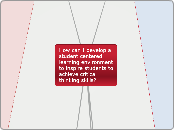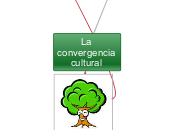CHAPTER 1: Elements of Interpersonal Communication
To name your story, you have to think about the overall message and what you want your audience to understand from the story. Also, make it relevant and easy to remember.
Interpersonal communication:
The verbal and nonverbal interaction between two people or small group of people to share ideas, beliefs, etc
The ending of a story is essential. We all know that if the ending is weak, what happened before loses its importance. So make it unpredictable, but fair. A resolved ending answers all the questions and ties up any loose threads from the plot.
Mindfulness
Become aware of your choices
Being conscious of your reasons for thinking or communicating in a particular way
A state of mental awareness
Ethics
Each communication act has a moral dimension, a rightness or wrongness
Communication choices need to be guided by ethical considerations as well as by concerns with effectiveness and satisfaction.
Context
Temporal dimension: The time of day and where a particular message fits into the sequence of communication events
Physical dimension: Is the tangible or concrete environment in which communication takes place
Noise
Type of noise:-
Semantic noise: Interference that occurs when the speaker and listener have different meaning systems
Psychological noise: Mental interference in speaker or listener
Physiological noise: Created by barriers within the sender or receiver
Physical noise: External interference of both speaker and sender
Anything that distorts a message, or prevents the receiver from receiving the messages
Channel
E-mail
Face-to-face
Subtopic
Messages
Metamessages, feedback messages, feedforward messages
Intentional or inintentional
by gesture and touch as well as by words and sentences
The signals that serve as stimuli for receiver and received by one of our sense (auditory, visual, tactile, olfactory, gustatory
Encoding-Decoding
This is the closure section of the story.
See examples of possible outcomes below:
- all problems have been solved
- it's clear how each one of your characters ends up
- your main character is transformed by the challenge
Decoding: The act of understanding messages (listeners & readers as decoders)
Try answering these questions in order for you to come up with a closure:
- Have all problems been solved?
- Is it clear what happens with all your characters in the story?
- Has the challenged transformed your main character?
- How do the characters feel in the end?
Encoding: The act of producing message (speakers & writer as endocers)
Try answering these questions to come up with a closure:
- Have all the problems been solved?
- Is there a clear picture of what happens with each character in the story?
- Has the challenge transformed your main character?
- How do the characters feel in the end?
Source-receiver
This is the moment when the main character surpasses the last obstacle and finally faces their greatest challenge.
The climax usually follows one of these patterns:
- realization
- resolution
- choice
Type in your answer.
Your ability to communicate effectively (as source/receiver) is your interpersonal competence)
Each individual performs source functions (formulates and sends messages) and also performs receiver functions (perceives and comprehends messages).
Principles of Interpersonal Communication
The middle of the story is where you add layers of complications that will lead to the end. Reveal more about the character's journey. Did their personality go through changes? How did they overcome the challenges? And as you build up the story’s central conflict, make it more personal to that character. Also, from the middle act, you have to lead into the final act.
Inevitable, Irreversible and Unrepeatable
Interpersonal communication cannot be prevented (is inevitable), cannot be reversed (is irreversible) and cannot be repeated (is unrepeatable)
Series of Punctuated Events
Punctuation is referred to as the tendency to divide communication transactions into sequences of stimuli and responses
Communication events are continuous transactions. There is no clear-cut beginning and no clear-cut ending
Refer to Content & Relationship
Messages may also refer to the relationship between the people communicating (relationship messages)
Messages may refer to the real world (content messages) for example to the events and objects you see before you
Relationships may be symmetrical or complementary
The relationship is one of equality.
Complementary relationship: the two individuals engage in different behaviors
Symmetrical relationship: the two individuals mirror each other’s behavior
Ambiguous
Sometimes ambiguity occurs because people use words that can be interpreted differently.
An ambiguous message is a message that can be interpreted as having more than one meaning.
Purposeful
There wouldn't be any tension and excitement in your story if there weren't any obstacles in your character's way.
To help
To play
To influence
To relate
To learn
Transactional Process
Your character(s) need(s) motivation in order to solve the challenge(s).
It is an ever-changing, circular process; you’re changing, the people you communicate with are changing and your environment is changing
Secondary characters also might have motivs beacuse of which they may cross path with main character or which might trigger them to help the main character.










